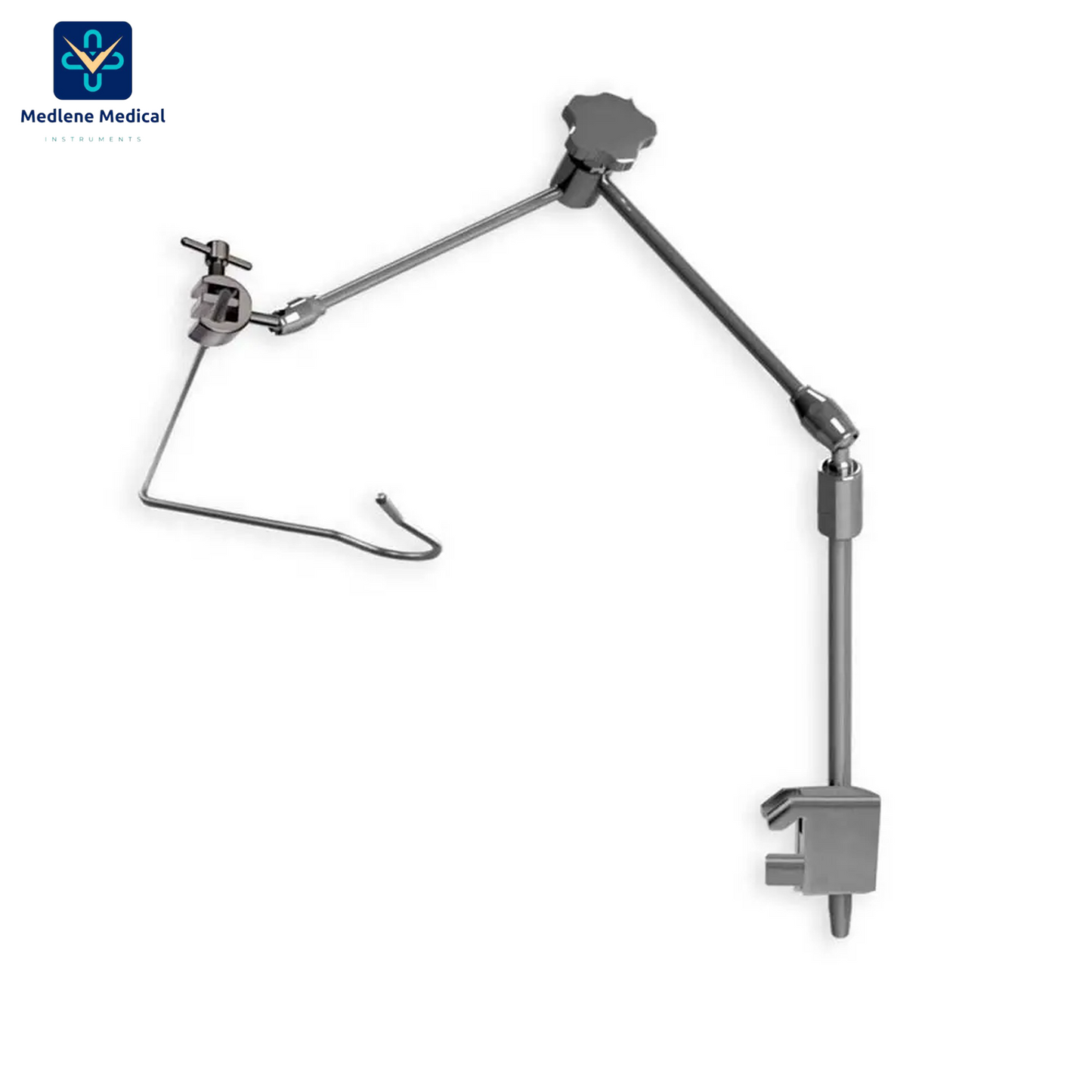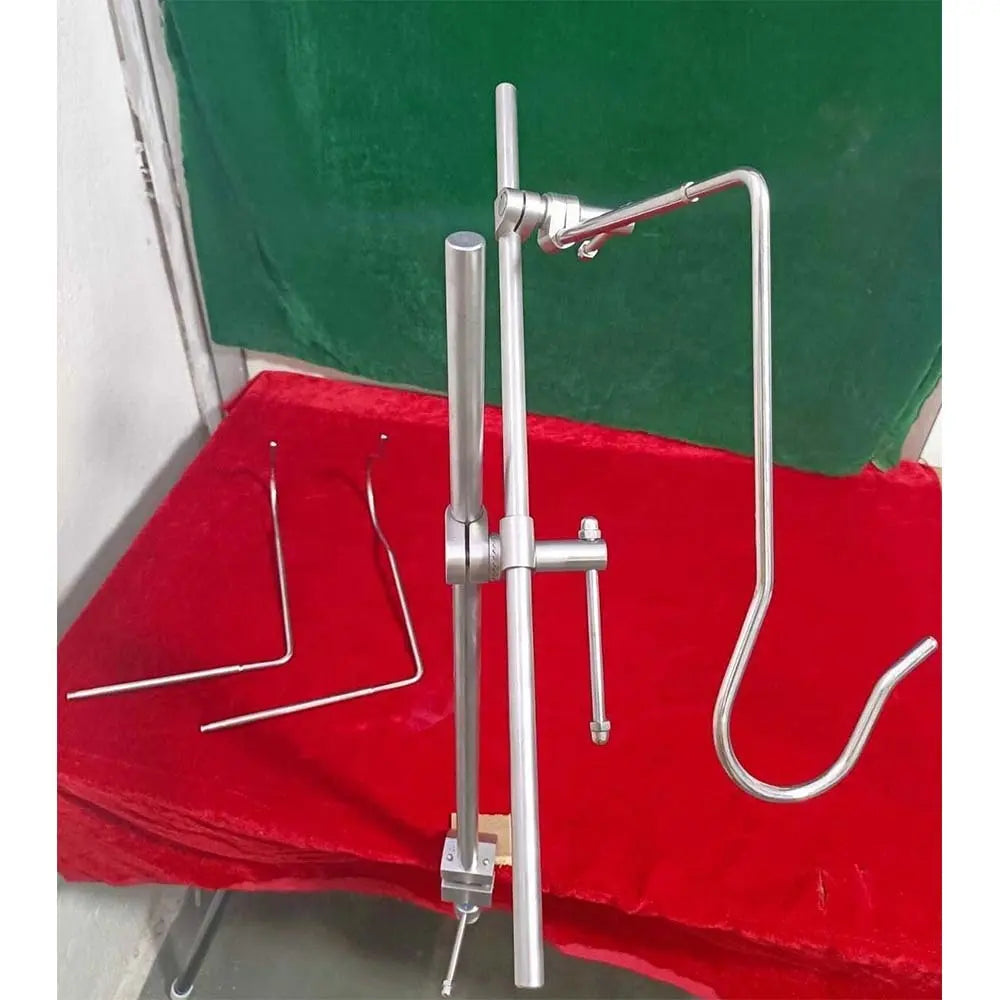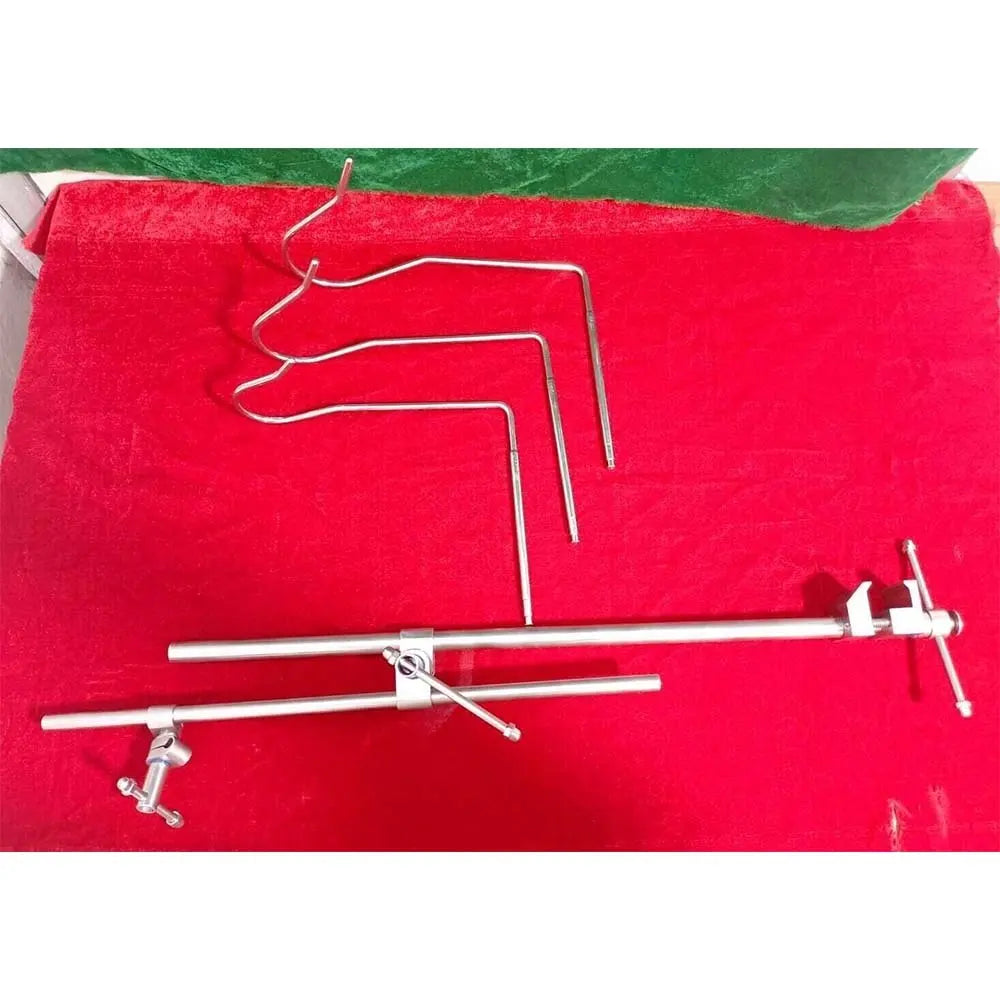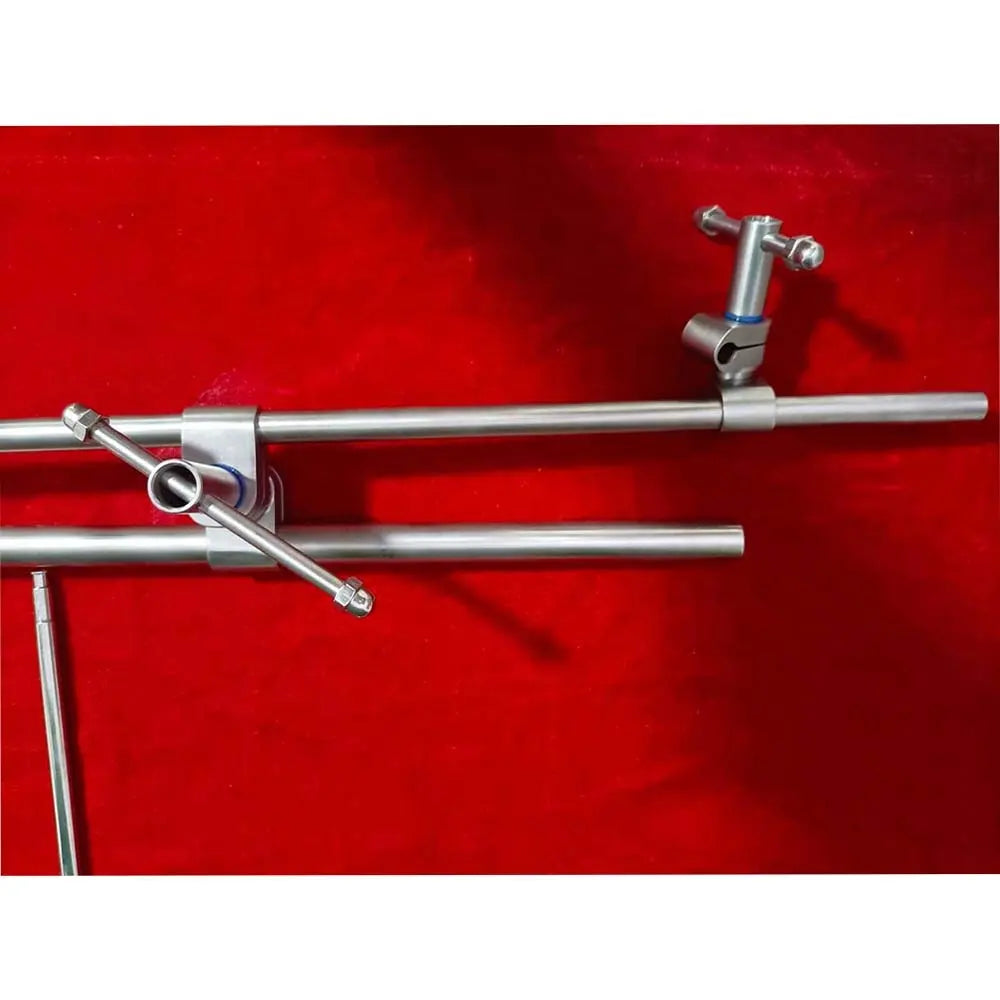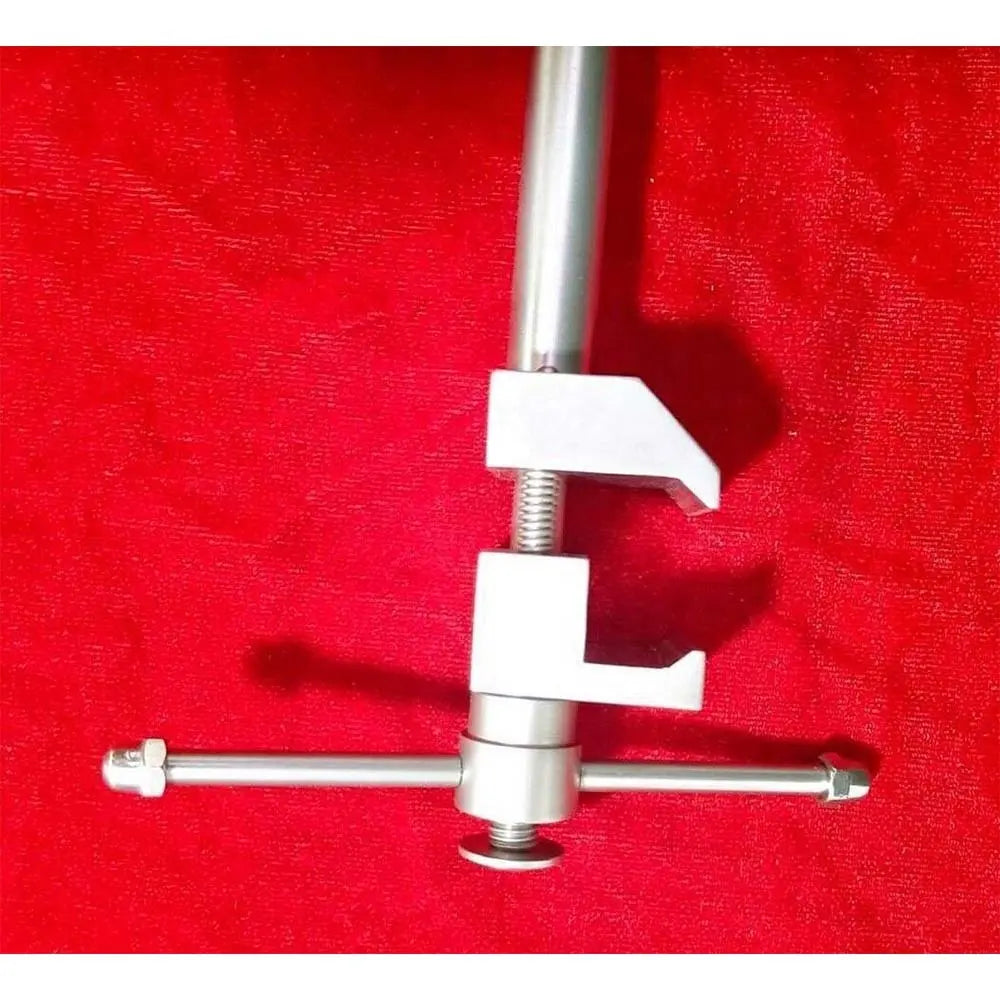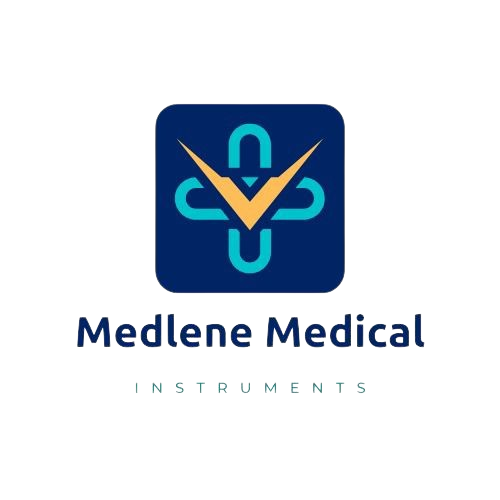Nathanson Liver Retractors from Medlene® have proven to be ideal for laparoscopic liver retraction as they support the entire liver to provide atraumatic exposure. The retractors feature a hexagonal proximal end which fits securely into the Quick-Connect hex fitting of Medlene® Holding and Positioning Systems. This direct attachment prevents axial rotation and liver slippage - a common problem with other holding systems. Medlene® offers the largest selection of Nathanson Liver Retractors on the market - available individually or as sets to accommodate all patients and procedures, including bariatrics, pediatrics and robotics.
Nathanson Retractor
Nathanson Retractor
Simple, Efficient and Atraumatic Liver Retraction
- Used in upper GI, bariatric, and GERD procedures
- Robotic versions to prevent interference with robot arm movement
- Eliminates the need of an assistant to hold the liver retractor
- Hexagonal lock fitting eliminates retractor slippage and axial rotation
- Reduced trauma compared to hand-held liver retractors
- Versions with extended distal tips for thicker abdominal walls
- 3 different diameter options - 3mm, 5mm, and 6.5mm
Product features
Product features
Made in highest quality, surgical grade stainless steel with satin finish to reduce glare. The instrument can be sterilized and reused.
Materials and care
Materials and care
PRODUCTS
This reprocessing instruction applies to reusable surgical and endoscopic instruments supplied by MEDLENE Medical.
GENERAL
Reusable surgical instruments from MEDLENE Medical can be used by medical professionals for a surgical procedure and can be reused after qualified reprocessing.
The professional user selects the appropriate instruments according to the intended function, the tissue to be manipulated and the anatomical structures.
WARNINGS AND PRECAUTIONS
MEDLENE Medical instruments must be cleaned, disinfected,
and sterilized before first use. Protective caps and transport packaging must be
removed beforehand.
A complete functional check must be carried out before each use. Improper use and overstraining due to twisting / levering can lead to breaks and permanent deformation.
Do not use metal brushes or abrasives, as there is a risk of corrosion due to surface damage. The safe
combination of instruments with each other or of instruments with implants must be checked by the user before clinical use.
Be careful when handling sharp tips and cutting edges - risk of injury.
In case of patients with Creutzfeldt-Jakob disease (CJK), suspected CJK or possible variants of this disease, the applicable national regulations regarding the preparation of instruments must be applied. Never leave instruments in disinfectant solution for too long. Follow the instructions of the respective manufacturer.
Share
